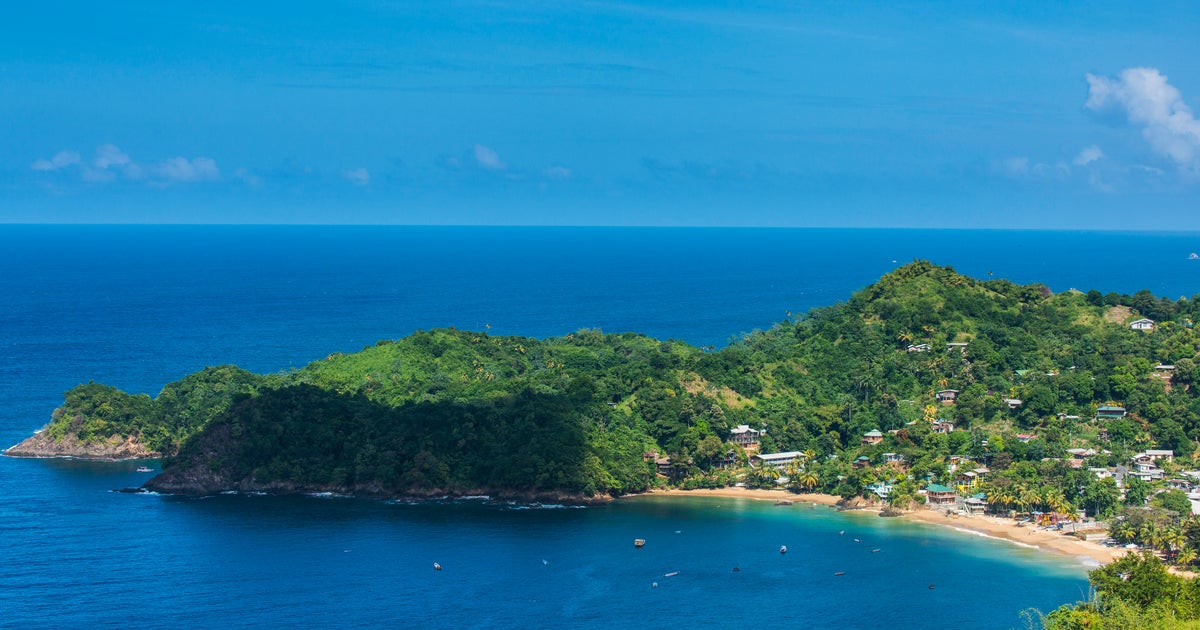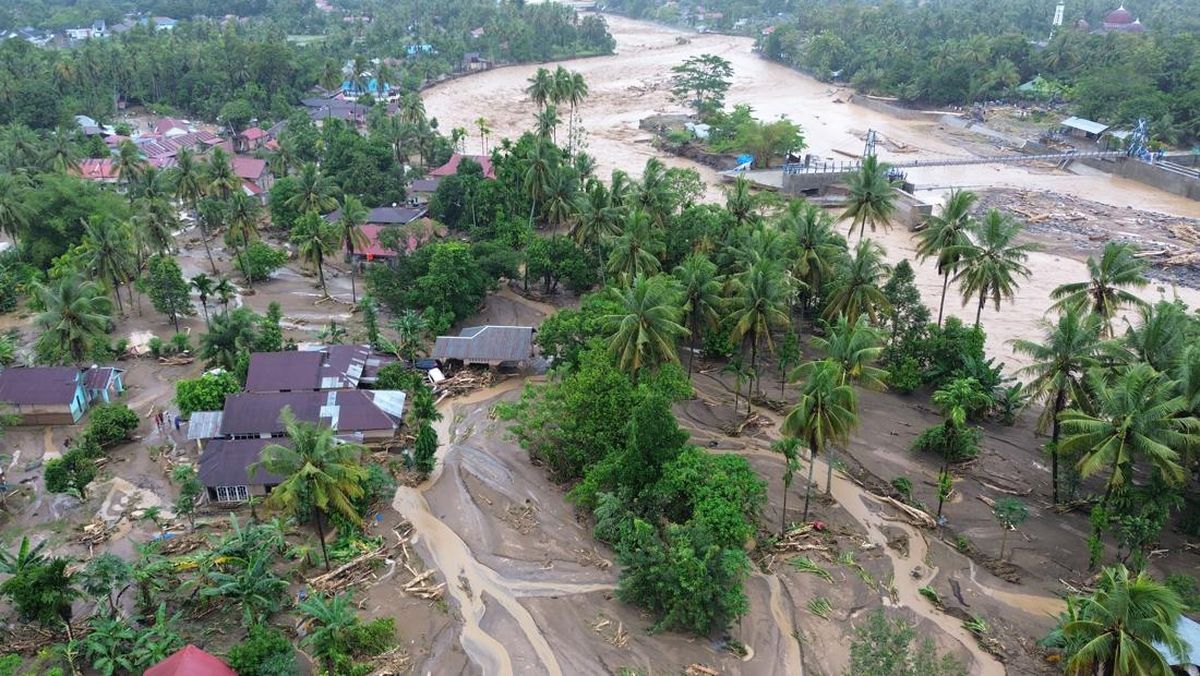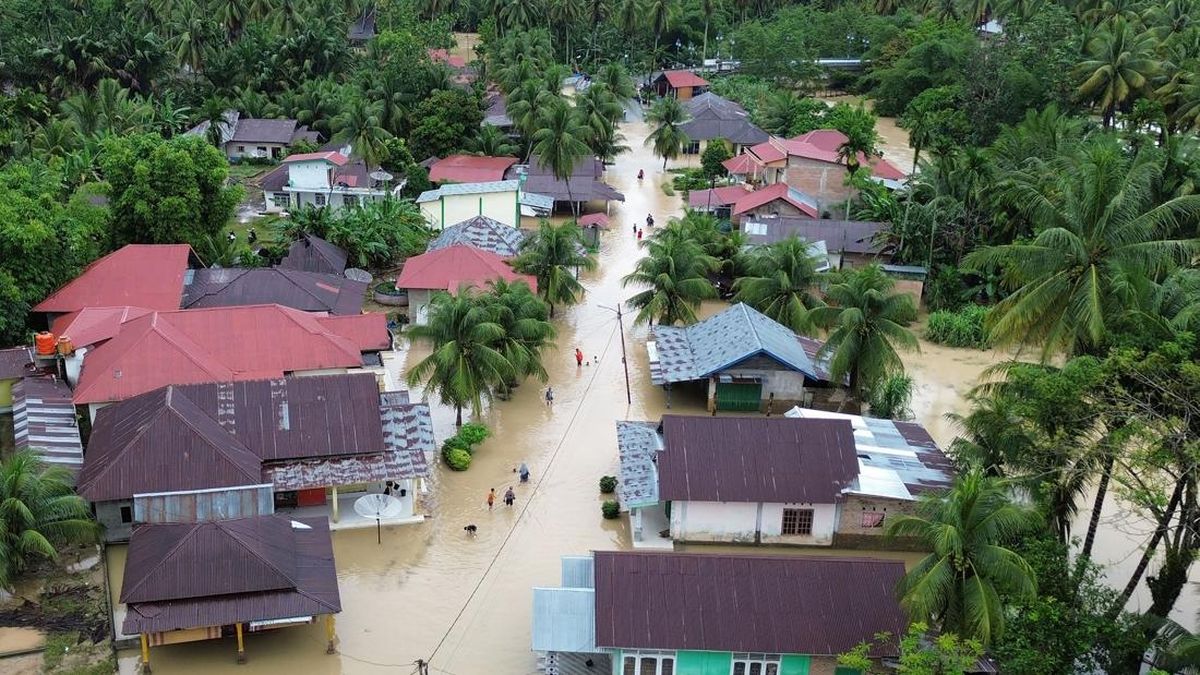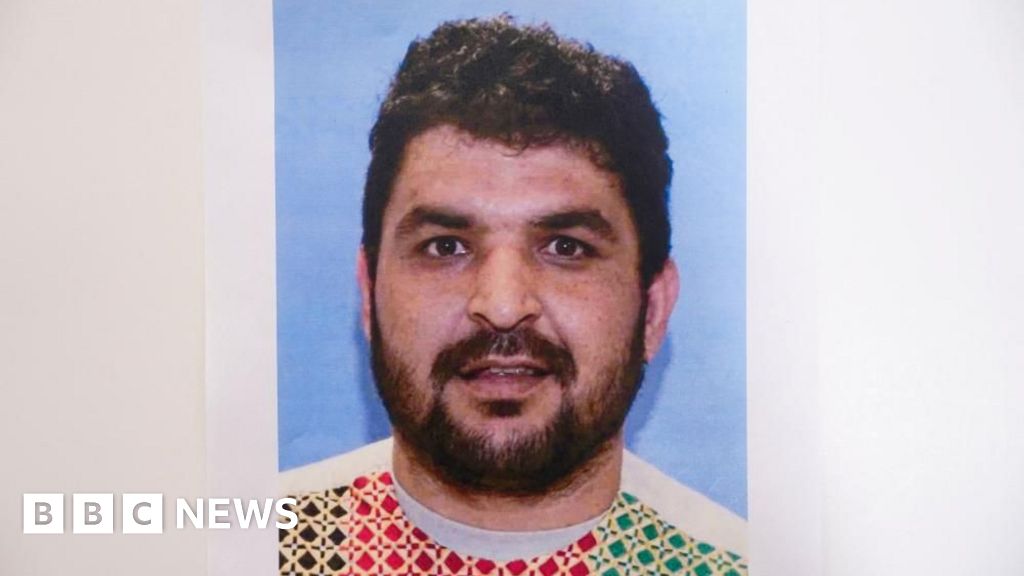For more days than he can count, Tom Hunt has woken before dawn, strapped on a couple of old car tyres and dragged them up and down Sandringham beach.
Hours of soft-sand torture in the dark sounds crazy, but it is also methodically planned, and that particular combination, you come to realise, is the sweet spot for Hunt. A happy place, even.
The 27-year-old expat Brit, a polar endurance athlete and geo-metallurgist based in Melbourne, has been training for several years for a record attempt in the brutally cold environment of the Antarctic, which will begin in coming days.

Tom Hunt training with his car tyres on Sandringham beach.Credit: Simon Schluter
The adventurer is attempting to set a record for the fastest solo and unsupported trip to the South Pole, which will see him try and make the 1130-kilometre journey from Hercules Inlet to the pole in a little over 22 days.
And along with dodging penguins, dealing with frozen eyelashes and winning ultra-marathon races in which people lose body parts to frostbite, Hunt has been preparing with his pair of 20kg tyres. Up and down.
“The weight of the tyres isn’t that important from a training standpoint,” Hunt explains.
“It is more the fact that rubber doesn’t slide like a sled on snow. So it feels more similar to pulling 100-plus kilograms on good snow in a sled. A more accessible analogy might be to imagine pushing an empty shopping trolley along a road.
“Now imagine pushing the same empty trolley across the beach.”

Adventurer Tom Hunt training in Lapland.Credit: Bursty
For a journey that normally takes 60 days, the current record for fastest trip to the South Pole is held by Frenchman Vincent Colliard, who in 2023 did it 22 days, six hours and eight minutes.
Lowering Colliard’s record will require Hunt to haul a 60kg sled more than 51 kilometres a day over mountains and across undulating and crevasse-filled terrain, with little sleep and temperatures hovering at -40 degrees Celsius.
Striving to reach the South Pole has long been the stuff of romantic bravery and tragedy. The names and stories of pioneers who sought to be the first in the “Heroic Age of Antarctic Exploration” between 1900 and 1915 are famed: men like Ernest Shackleton, Robert Falcon Scott, Roald Amundsen and Douglas Mawson.
“Everyone hears stories of explorers and adventurers and there are such amazing accounts of their feats,” Hunt said.
“So there’s always been a feeling of, ‘That sounds exciting – what’s stopping me from doing it?’ I have always had a bit of that spirit.
“And the niche I found myself recently is the harder the conditions, the better I seem to do, relative to my peers. So there’s an interest in seeing, how far does that actually go?

Irish explorer Sir Ernest Henry Shackleton, pictured circa 1909, with two members of his expedition team beside a Union Jack within 180 kilometres of the South Pole, a record feat at the time. Credit: Getty Images
“Do I get to the point where there is a Norwegian psycho who lives up in the mountains and is just better than me? I’d love to find out.”
Silent suffering
In an age where “enduro-bros” are increasingly common – and highly visible on social media – Hunt is very much of the old school, where the purity of individual, and often unseen, achievement is the major motivation.
Hunt is not in it for the ’gram. Despite amassing some impressive content from years of knocking off incredible feats in wild locations, Hunt’s social media footprint is modest, and seemingly an afterthought.
Self-promotion, Hunt admits, is not a strong suit. Doing media to discuss his Antarctica record attempt (and help pay the bills with some sponsors) only came about after being connected by an old running mate to PR agency Bursty, who did good things for this friend when he was an unknown tradie. The mate? Nedd Brockmann.

Adventurer Tom Hunt on a solo training mission in New Zealand.Credit: Bursty
Hunt and Brockmann became friends after the young Englishman moved to Australia from London in 2017 to study geology and geophysics at Sydney University.
Hunt grew up in Sussex and always had an adventurous spirit. As a teenager, he would cycle across England in the holidays, and after finishing school, Hunt had six months to wait before the Australian uni semester began. On a whim, he killed the time by running the length of Britain.
Dodgy shoulders from rugby had put paid to Hunt’s plan to join the army, so he moved to the other side of the world to pursue his passion for rocks, mining and geology.
Mutual friends introduced him to Brockmann when the latter was planning his first foray into raising money for charity with extreme distance running in 2019: 50 marathons in 50 days.
“They said, ‘You’re birds of a feather, you should chat to one another before he does it’,” Hunt said. “I was like, ‘That’s pretty cool. Let me know if you want someone to come run alongside you for a bit’.”
Long before Brockmann was a national name, Hunt turned up at various running tracks, mostly Centennial Park in Sydney, and also “did a few of the marathons”.
“He showed up as if he was a mate I’d known forever. He ended up doing about 30 of the 50,” Brockmann said. “He was a kindred spirit. I could just rely on him, without that ever being spoken between us.”
That tight friendship firmed over various adventures in the coming years, particularly when Brockmann – whose 4000km run across Australia in 2022 had catapulted him into the national spotlight – attempted to break the world record for the fastest 1000 miles in another charity run in Sydney in 2024.
Over the 12 days, Hunt ran as Brockmann’s companion for “about 500, 600k of that one”. Mostly in silence.
Hunt was never driven to try and match Brockmann’s running feats.
By 2024, he was already well down his own path of becoming one of the world’s best endurance athletes – but in extreme cold.
In March 2023, Hunt entered the infamous Arctic Ultra race, which is regarded as the world’s “toughest, coldest and windiest race”.
The 617km (think Canberra to Melbourne) unsupported foot-race in Canada is inside the Arctic Circle and notorious for being so brutal that over 80 per cent of entrants fail to finish. Temperatures of -40 degrees are the norm, and winds can be so strong in certain sections that racers are forced to crawl.
Entrants often suffer frostbite. One well-known Italian athlete ended up having had his hands and feet amputated.
So cold it hurts
Hunt not only finished the Arctic Ultra, he broke the race record by a staggering 23 hours. Alongside British adventure racer Nat Taylor, Hunt finished in a bit over 11 days.
“It was pretty difficult,” Hunt said. “What makes it more difficult than most ultra marathons or longer distance stuff is that you just have to be so disciplined, because of the consequences for a mistake in -40.
“If you’ve got sore feet, you can’t just sit down and take your shoes off. If you’re tired, you can’t stop for too long because you get hypothermia.
“So you can’t stop. And you can’t make a mistake. It’s mentally punishing.”
Hunt had a lucky break when, in a sleep-deprived state, he took off a glove to tighten a metal nut on his sled. He got instant frostbite but didn’t lose the two fingertips.
“If you’ve got the right kit, -40 doesn’t feel any different to -20. But it’s just more the magnitude of the consequence is the thing,” he explains.
“When it gets to -30, my eyelashes can start to freeze together if I’m not wearing goggles. When it’s -40, it’s a piercing cold that can almost start to throb sometimes.
“It’s the cold weather, the isolation, the fact it’s dark and there are wolves about. It weighs heavily on your mental state,” he said.
“But with the cold weather endurance events, I found … not that I do them better, but that in comparison to my peers, other people seem to have more issues with the isolation or the cold weather or the distance, or all three of those together. The more extreme, the harder everyone else finds it.”
Hunt then set his sights on breaking the solo South Pole speed record, and was given a checklist by authorities to earn his “polar CV”. That has entailed a series of long training stints in Norway, New Zealand and Swedish Lapland over the last two years, to prove his mettle in similar conditions.
Stalked by polar bears
Extreme cold wasn’t the only challenge. One trek out of Svalbard required Hunt to travel with armed guides.
“Whenever you’re up in the high Arctic, you need to be aware of polar bears,” he said.
“People are walking around the streets with rifles on their backs because there could be polar bears around. Everyone’s wearing fur. It’s just like the wild west, but in cold weather.”
In open country, Hunt and the guides set up camp with tripwires each night, and even did sentry duty.
“No one ever saw anything, but you’d wake up and get skiing the next day, and then you’d see polar bear footprints all around the camp,” he said.
“You’re just like, ‘Where are they?’ The paranoia adds to the adventure.”

Svalbard is home to about 3000 polar bears.Credit: Getty
This month, Hunt is pleased about the old primary school trivia fact that will help keep him calm: there are no polar bears in Antarctica.
Adding a heavy gun to his carefully packed sled would have been a bummer, too. Not wanting to haul a single gram of unnecessary weight, Hunt has spent months trying to find the lightest versions of everything he’ll need to survive 20-odd days on the ice and snow.
All going well, Hunt will celebrate Christmas with another record, maybe post on social media and then begin to ponder his next challenge.
But just as Hunt doesn’t pursue challenges for public recognition, nor is he interested in spending his life chasing records. He admits he is box-ticking, however, but with an unusual goal.
Hunt speaks several languages and works for Rio Tinto as a geo-metallurgist: “It’s a combination of geology, metallurgical engineering and then geospatial science”.
That expertise is also part of Hunt’s master plan. Born too late to explore the world like Scott, Shackleton and Mawson – also a Sydney Uni geology graduate – Hunt has his eyes on the sky instead.
TO INFINITY AND BEYOND
“My goal is totally unrelated to records and whatnot,” he explains.
“I want to be the most useful person I can be. So when I go about doing all of these challenges and whatnot, it’s with a view to actually getting a lot from it personally.
“Because I’d love to one day and, it may be pie in the sky, but I’d love to be an astronaut.

Members of the Scott polar expedition team photographed at the South Pole in January 1912.Credit: Reuters
“If there’s ever anything … of more scale in space, be it operating, say, a mine on the moon or a base on another planet, whatever it might be. All things that are now bizarrely feasible in my lifetime.
“I’m trying to do as much as I can that angles me towards that. And not just having a cool job – which it would be – but actually being able to help us succeed at it. Whether it’s working in a highly technical scientific job, doing these challenges in crazy extreme conditions and isolation for long periods of time, speaking other languages, all that kind of stuff.
“If it ever comes up, and I’m fortunate enough to be in a position where I could feasibly run toward one of these dreams … I don’t want to be kicking myself.”
Loading
It sounds like the plot of a Bruce Willis movie. But Brockmann, who describes Hunt as an “enigma”, has no doubt his mate can be that guy.
“We are often limited by external voices, and then that becomes an internal voice. Tom just doesn’t have that – his self-belief is strong,” he said.
“If he came to me and said he wanted to, you know, I am going to space, off to live on the moon, whatever it is, honestly – I wouldn’t blink an eyelid.”
News, results and expert analysis from the weekend of sport sent every Monday. Sign up for our Sport newsletter.


















































